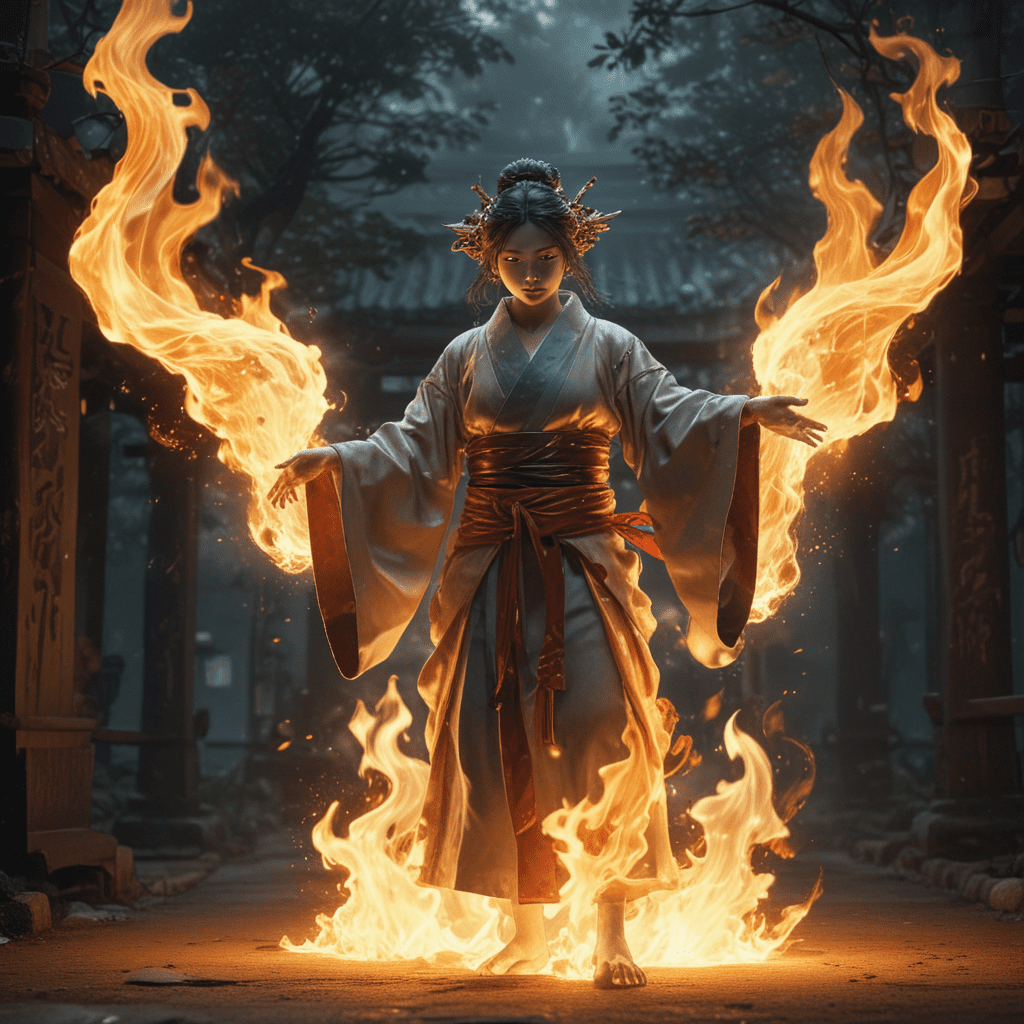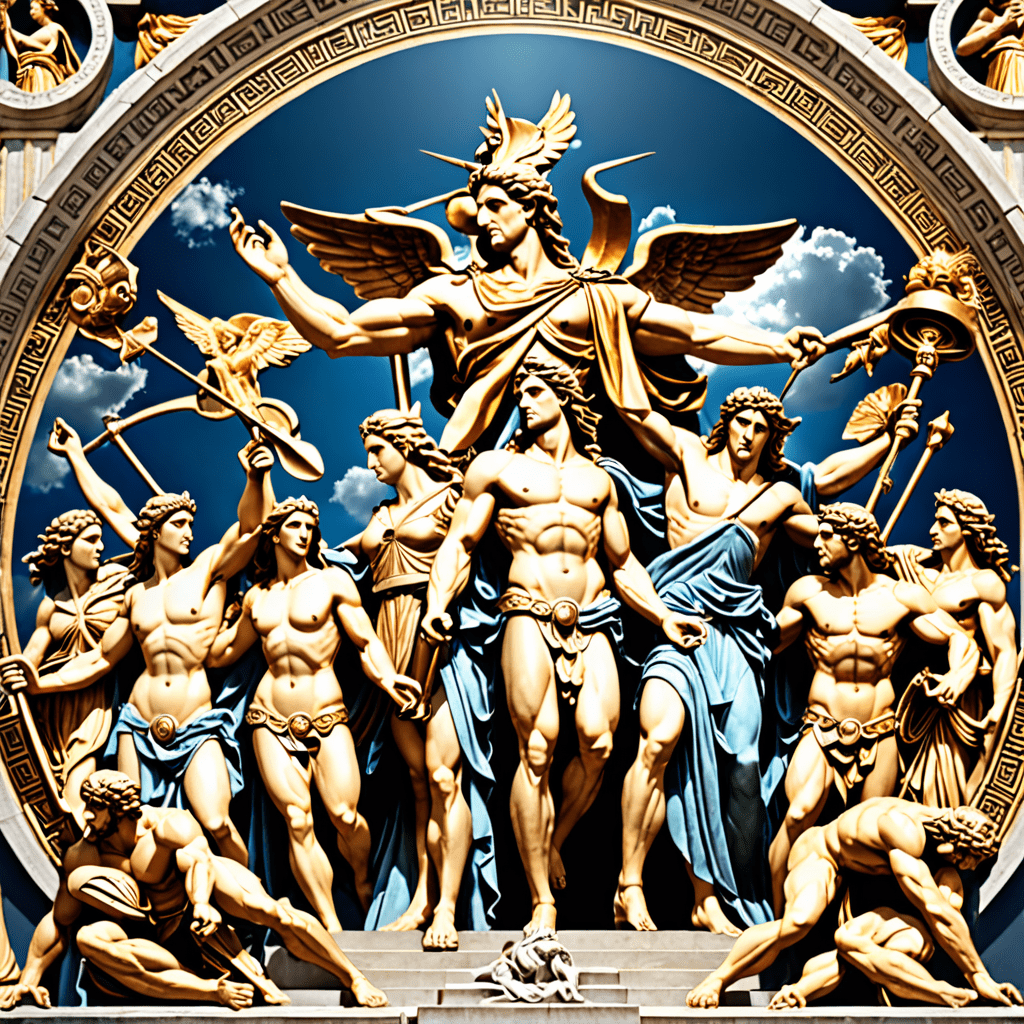The Enigmatic Hitodama: The Spirit Flames in Japanese Folklore
I. Introduction
Hitodama, often translated as "human soul" or "spirit flame," are enigmatic orbs of light believed to be the embodiment of a deceased person's spirit in Japanese folklore. Steeped in mystery and intrigue, these ethereal flames hold a profound place in Japanese culture, symbolizing both the transience of life and the interconnectedness of the living and the dead.
II. Origins and Nature
Ancient Japanese beliefs held that hitodama were the physical manifestations of a person's soul, which ascended from the body upon death. These flames were often associated with the guiding light that led the departed to the afterlife. In modern times, scientific theories have attempted to explain hitodama as natural phenomena, such as bioluminescence or the refraction of light.
III. Types of Hitodama
Hitodama are classified into various types based on their appearance, color, and behavior. Some common types include:
- Anohitodama: Soft, flickering blue flames that appear near abandoned houses or burial grounds.
- Hitofuridama: Small, white sparks that signify good fortune or the presence of a benevolent spirit.
- Kidorodama: Violent, red flames that indicate misfortune or danger.
IV. Appearance and Behavior
Hitodama typically appear as small, spherical orbs of light, ranging in size from a few centimeters to several meters. They float gracefully through the air, often hovering over graveyards, deserted roads, or places associated with death. Their movements are unpredictable, and they may vanish as quickly as they appear.
V. Cultural Beliefs and Superstitions
In Japanese culture, hitodama are deeply ingrained with beliefs about death and the afterlife. They are often regarded as harbingers of imminent death or messengers from the spirit world. Regional variations in beliefs exist, with some areas associating hitodama with specific familial relationships or individuals.
VI. Rituals and Practices
Traditionally, Japanese people have engaged in rituals to appease or avoid hitodama. These rituals often involve offerings of food, prayers, and the burning of incense. In some regions, it is believed that placing a stone or other object on a hitodama can trap or disperse it.
VII. Literary and Artistic Depictions
Hitodama have been a recurring motif in Japanese literature, folklore, and art for centuries. They are often depicted in ghost stories, horror tales, and supernatural dramas. In artwork, hitodama are frequently portrayed as ethereal orbs of light, floating above eerie landscapes or hovering around human figures.
VIII. Modern-Day Significance
Despite the widespread influence of modern science, hitodama beliefs continue to persist in contemporary Japanese society. Urban legends and ghost stories about encounters with hitodama are still prevalent, particularly in rural areas. These beliefs reflect the enduring nature of Japanese folklore and the deep-seated cultural significance of the spirit world.
IX. Scientific Perspectives
Alternative explanations for hitodama sightings have emerged from scientific research. These theories range from the refraction of light to the presence of bioluminescent organisms. While these explanations provide rational perspectives on the phenomenon, the enigmatic nature of hitodama continues to captivate the human imagination.
X. Conclusion
The hitodama remains an enigmatic figure in Japanese folklore, embodying the intersection of life, death, and the spirit world. Their ethereal presence has fostered centuries-old beliefs, traditions, and artistic expressions. While modern science offers alternative explanations, the cultural significance of hitodama persists, underscoring the enduring power of folklore and the enduring fascination with the unknown.
FAQ
What is the difference between a hitodama and a will-o'-the-wisp?
While both hitodama and will-o'-the-wisps are often associated with spirits and death, they have distinct characteristics. Hitodama is a Japanese cultural phenomenon specifically rooted in Japanese folklore, while will-o'-the-wisps are a more general term used in many cultures to describe mysterious lights seen over marshy areas.
Are hitodama dangerous?
In Japanese folklore, hitodama are often associated with ominous events or misfortune. However, their actual danger is subject to variation and interpretation. Some beliefs hold that they can drain the life force of the living, while others suggest that they are simply messengers from the spirit world.
Can hitodama be seen today?
Despite the prevalence of modern technology, sightings of hitodama continue to occur, particularly in rural areas of Japan. These sightings may be influenced by cultural beliefs, atmospheric conditions, or psychological factors, contributing to the enduring mystery surrounding these enigmatic spirit flames.



